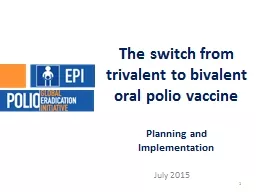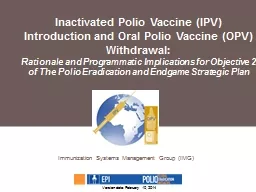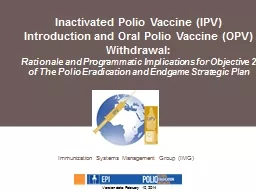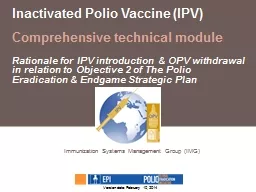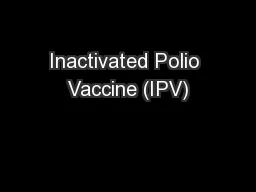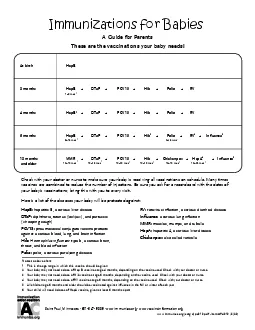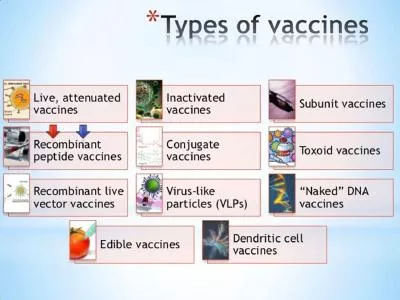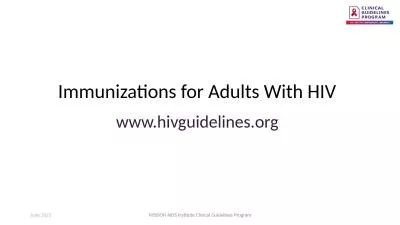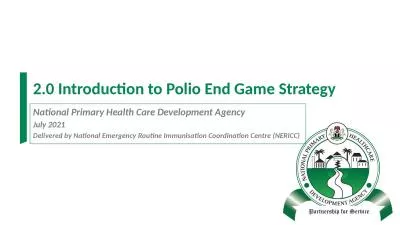PPT-The switch from trivalent to bivalent oral polio vaccine
Author : pamella-moone | Published Date : 2016-04-05
Planning and Implementation July 2015 1 Contents Polio Endgame Objective 2 Rationale for switching from tOPV to bOPV Dates and timelines around the Switch Guidance
Presentation Embed Code
Download Presentation
Download Presentation The PPT/PDF document "The switch from trivalent to bivalent or..." is the property of its rightful owner. Permission is granted to download and print the materials on this website for personal, non-commercial use only, and to display it on your personal computer provided you do not modify the materials and that you retain all copyright notices contained in the materials. By downloading content from our website, you accept the terms of this agreement.
The switch from trivalent to bivalent oral polio vaccine: Transcript
Download Rules Of Document
"The switch from trivalent to bivalent oral polio vaccine"The content belongs to its owner. You may download and print it for personal use, without modification, and keep all copyright notices. By downloading, you agree to these terms.
Related Documents

